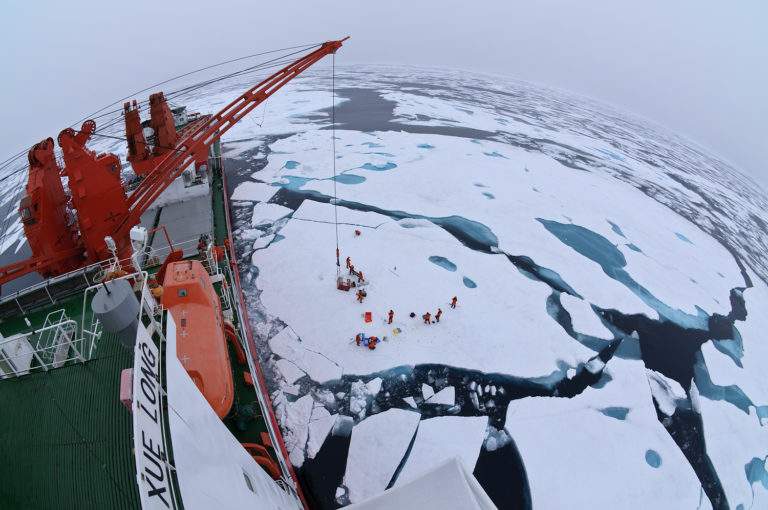On 29 September 2021 the research Vessel Xuelong 2 returned from its 79-day-voyage to its homeport in Shanghai after completing China’s 12th scientific Arctic expedition, reportedly covering a distance of 14 000 nautical miles. This endeavor, which set out to conduct environmental research throughout the Chukchi Sea north of the Bering Strait, is only the latest example of the growing Chinese presence in the polar region. In fact, China’s involvement in the Arctic steadily increased in recent years, and particularly since 2014, when President Xi Jinping publicly voiced the Middle Kingdom’s ambitious intent of “joining the ranks of the polar great powers.” In doing so, he abandoned the tradition of Chinese restraint in the region, practiced prior to the Xi-administration. As an expression of this new-found confidence, the State Council of the People’s Republic of China (PRC), published its first white paper on China’s Arctic policy in 2018. This was a testimony of China’s desire for agency regarding Arctic affairs, as the PRC seeks to establish itself as a major regional stakeholder and longs to live up to Xi’s ambitious goal set in 2014.
This EIAS Policy Brief will highlight the main interests behind the PRC’s Arctic engagement, as well as the strategic pathways chosen to secure those interests. Additionally, it will examine the newly released EU Arctic policy and analyze the potential trajectory and repercussions of subsequent EU actions in the region. Finally, it will explore the potential of Sino-European cooperation in the Arctic.
Author: Tom Wilms, EIAS Junior Researcher
Photo credits: Wikimedia Commons

